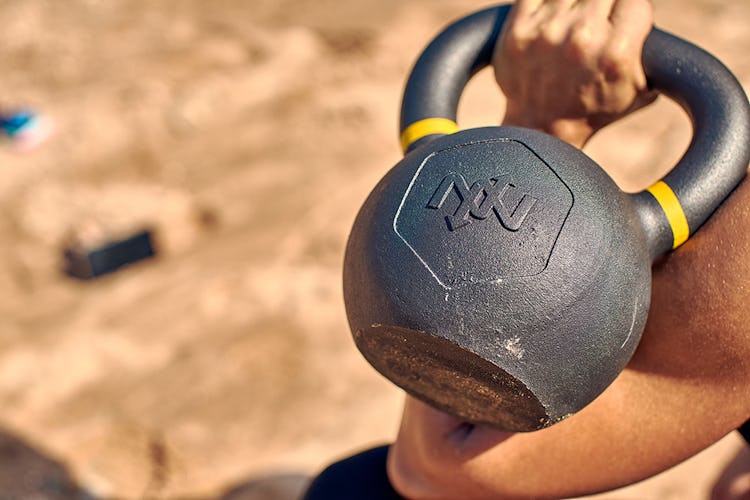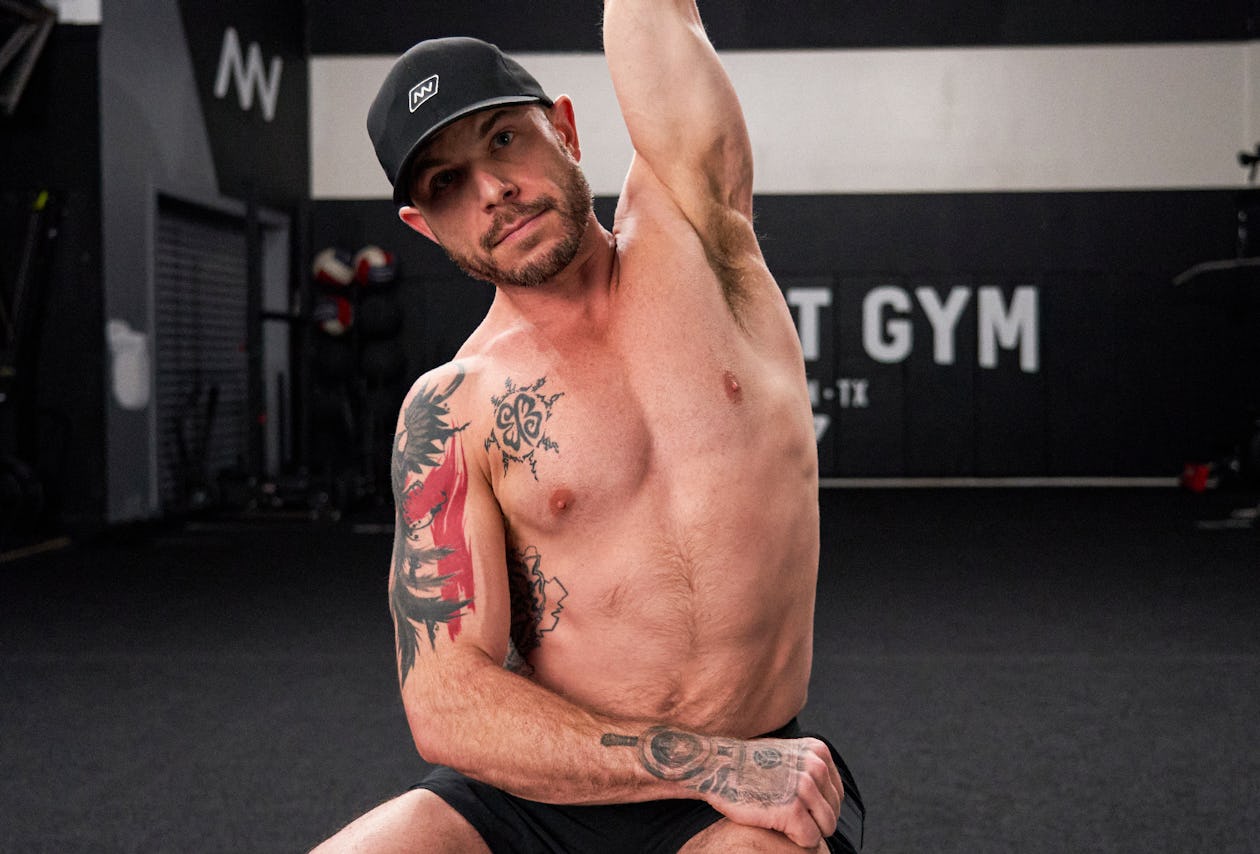
The Edge
Find your edge with articles on fitness, nutrition, supplements, and more.
200 Posts


Kettlebell Goblet Squat: How To Do It & Get Ripped

A Pro’s Kettlebell Leg Workout With The Single-Leg Deadlift

3 Killer Chest & Back Workouts For Building Muscle

Climbing the Hill: The Ultimate Calisthenics Workout Transformation

Full-Body Kettlebell Workout For Beginners

The Kettlebell Around The World Exercise Explained

The Dumbbell Push Press: How To Do It & Get Ripped

5 Killer Back and Bicep Workouts For Building Muscle

7 Great Serratus Anterior & Posterior Exercises

The Carnivore Diet: Is Eating ONLY Meat Healthy, or Totally F@#$ing Crazy?

How To Do B-Stance Romanian Deadlifts (RDLs) Like A Pro

How To Do B-Stance Hip Thrusts Like An Expert

How To Properly Do Glute-Ham Raises

The Best At-Home Back Exercises and Workouts

The Expert’s Guide To The Landmine Row Exercise

The Best Upper-Chest Workout for Getting Defined Pecs

How To Do The Single-Leg Glute Bridge Like A Pro

Master This Move: The Straight-Arm Pulldown Exercise

How to Properly Do the JM Press: Get Stronger & Bigger

How To Lat Spread Like A Bodybuilder

The No-Sugar Diet Plan: Food List & More for Getting Results

The Steel Club: Benefits and Uses
